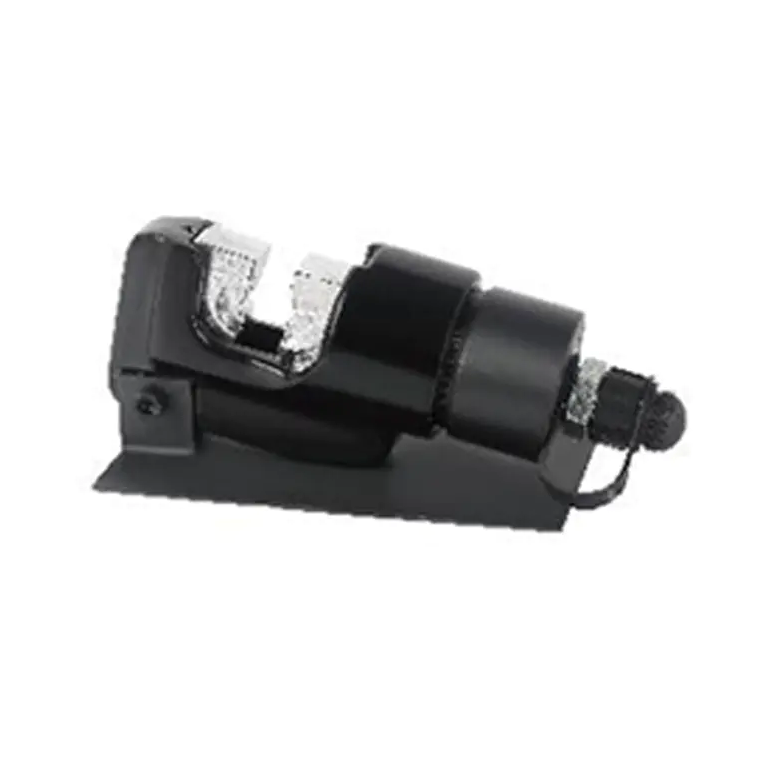Which Performs Better in Heavy-Duty Applications: Hydraulic Crimping Tool or Manual Variant?

Evaluating Performance Under High-Load Conditions
When it comes to heavy-duty electrical or mechanical applications, the efficiency, consistency, and ergonomics of a crimping tool become essential factors. In this context, comparing a Hydraulic Crimping Tool to a manual hydraulic crimper provides clear insights into which solution offers better long-term performance in demanding environments.
Force Output and Consistency
The most apparent advantage of a powered Hydraulic Crimping Tool lies in its ability to deliver consistent force with minimal effort from the user. These tools typically operate either through an electric or battery-powered pump, which ensures uniform pressure during every crimp. This is particularly critical in high-volume or industrial applications where hundreds of connections might be made daily. In contrast, manual hydraulic tools rely entirely on the user’s physical effort to generate crimping force, which can lead to variability, especially after long shifts or in tight working conditions.
Operator Fatigue and Ergonomics
High-load tasks demand not just power but also endurance. Manual tools, although rugged and reliable, place a significant strain on the user over time. Repeated pumping actions and awkward positioning can lead to operator fatigue, which in turn may reduce work quality and even increase the risk of repetitive strain injuries. On the other hand, a Hydraulic Crimping Tool with automated or assisted operation drastically reduces physical exertion, allowing technicians to maintain productivity without sacrificing safety or accuracy.
Speed and Workflow Efficiency
Time is a critical factor in industrial operations, and tool speed directly affects job completion rates. Powered crimping tools typically feature faster cycle times and automatic pressure release functions, minimizing downtime between crimps. Manual hydraulic tools, while dependable, are slower to operate, especially when switching between different terminal sizes or readjusting for new cables. In high-load scenarios, this time difference can add up quickly.
Tool Maintenance and Durability
Both types of tools require routine maintenance, but powered Hydraulic Crimping Tools often incorporate built-in diagnostic features, pressure regulation, and overload protection that help prolong tool life and ensure correct operation. Manual tools, while mechanically simpler and less prone to electronic failure, may wear faster under constant high-pressure use due to the greater reliance on human force, especially if not properly lubricated or calibrated.
Cost Versus Long-Term Value
Manual hydraulic tools are usually more affordable upfront, which makes them attractive for occasional use or for small-scale operations. However, for high-demand environments where speed, safety, and consistent output matter most, the investment in a Hydraulic Crimping Tool pays off in terms of productivity gains and reduced physical strain on workers. Over time, the efficiency improvements can outweigh the initial cost difference.
Conclusion
For high-load applications that require sustained performance, accuracy, and operator comfort, the Hydraulic Crimping Tool stands out. While manual hydraulic tools are still effective for lighter tasks or limited-use scenarios, their limitations become more pronounced as workload intensity increases. Selecting the right crimping tool depends on the specific demands of the job, but in high-duty conditions, powered hydraulic tools offer the most efficient and reliable solution.
FUNCTION
1. The compression pliers are designed for hydraulic crimping on power cables and wires. The crimped conductor is tested in high conductivity and close contact so that it's difficult to break out and turn hot.
2. Open-cut design for convenient operation.
3. Dies are quickly put on a tube by a double-speed unit. Then the compression force lifts and automatically changes to low speed. The operation finishes with energy saving and time shortening.
4. The head could be rotated 180°freely for narrow space working.
5. Fitted with a safety valve. When pressure reaches to limited max. Value, pressure is released automatically to prevent over-pressure.
6. Fiberglass-insulated handles to prevent accidental electrical shock.
7. The packing case is made from a robust integral plastic box.
- Art
- Causes
- Crafts
- Dance
- Drinks
- Film
- Fitness
- Food
- Jeux
- Gardening
- Health
- Domicile
- Literature
- Music
- Networking
- Autre
- Party
- Religion
- Shopping
- Sports
- Theater
- Wellness


